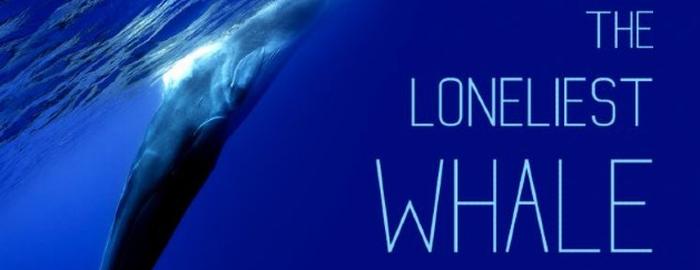 Joshua Zeman has directed a newly released documentary, The Loneliest Whale — the Search for 52. It is a fascinating muddle of a film, well worth watching if you can overlook the mix of myth, legend, and social media sentimentality that overlay an otherwise intriguing tale.
Joshua Zeman has directed a newly released documentary, The Loneliest Whale — the Search for 52. It is a fascinating muddle of a film, well worth watching if you can overlook the mix of myth, legend, and social media sentimentality that overlay an otherwise intriguing tale.
To start with the story — during the Cold War, the US deployed a vast array of hydrophones to listen for Russian submarines. In 1989, they picked up a sound at 52 Hz, which was originally suspected to be a submarine by default, because no known whale called at that frequency. Blue and fin whales typically call out at 10-30 Hz. It also didn’t sound anything like a humpback whale, known for its long and wide-ranging songs from 40-800 Hz.
Nevertheless, it was a whale as determined in 1992 by Dr. William A. Watkins, a pioneer in marine mammal acoustics. It was just like no whale that he had ever heard before. He would spend the next twelve years tracking the unique whale’s calls in the North and Central Pacific until his death in 2004. He published a paper shortly before he died describing his research into the 52 Hz whale.
At this point, the story took on a life of its own. Continue reading

 The
The  Positive news from
Positive news from 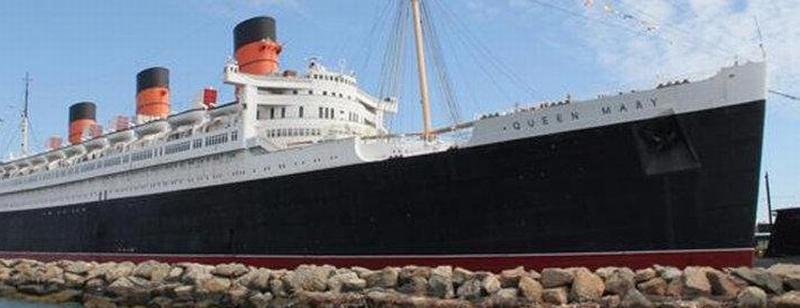 Last month
Last month  Last Saturday,
Last Saturday,  The moon is wobbling. This is nothing new. First observed in 1728, the wobble is a cyclical shifting of the moon’s orbit around the earth that takes 18.6 years to complete.
The moon is wobbling. This is nothing new. First observed in 1728, the wobble is a cyclical shifting of the moon’s orbit around the earth that takes 18.6 years to complete. In 2013, a male gray whale was spotted in Walvis Bay off Namibia, which was odd, as no gray whale had ever been seen in the Southern Hemisphere. Where did he come from?
In 2013, a male gray whale was spotted in Walvis Bay off Namibia, which was odd, as no gray whale had ever been seen in the Southern Hemisphere. Where did he come from?
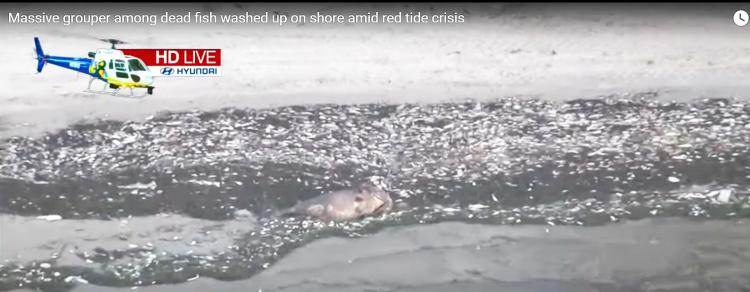 A recent editorial headline in the Tampa Bay Times read
A recent editorial headline in the Tampa Bay Times read  The Italian government is banning large cruise ships from calling on the Venice lagoon after declaring the lagoon a national monument. Italy had come under pressure from Unesco, the UN’s heritage agency, that
The Italian government is banning large cruise ships from calling on the Venice lagoon after declaring the lagoon a national monument. Italy had come under pressure from Unesco, the UN’s heritage agency, that 
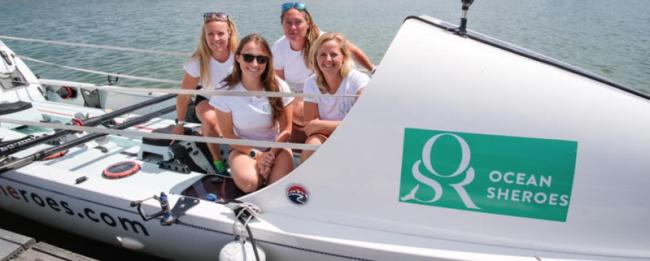 The fourth rowing of the
The fourth rowing of the  Last September, we
Last September, we  For more than a decade the Navy has labored to develop a workable
For more than a decade the Navy has labored to develop a workable 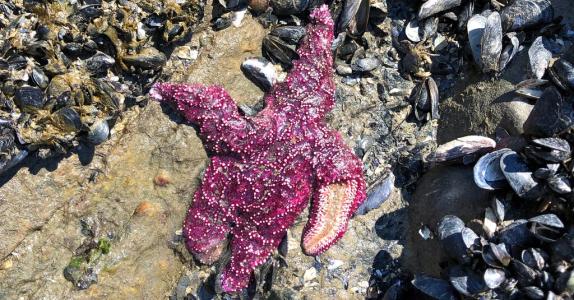
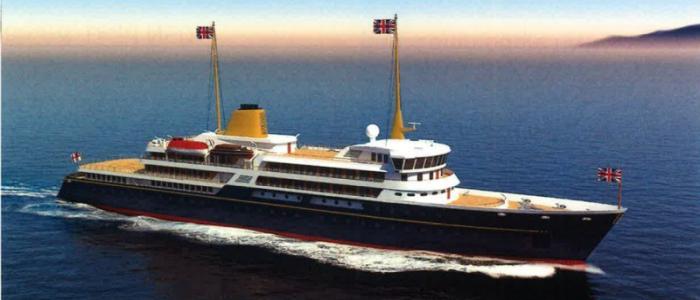 Last month,
Last month,  Congratulations to
Congratulations to 